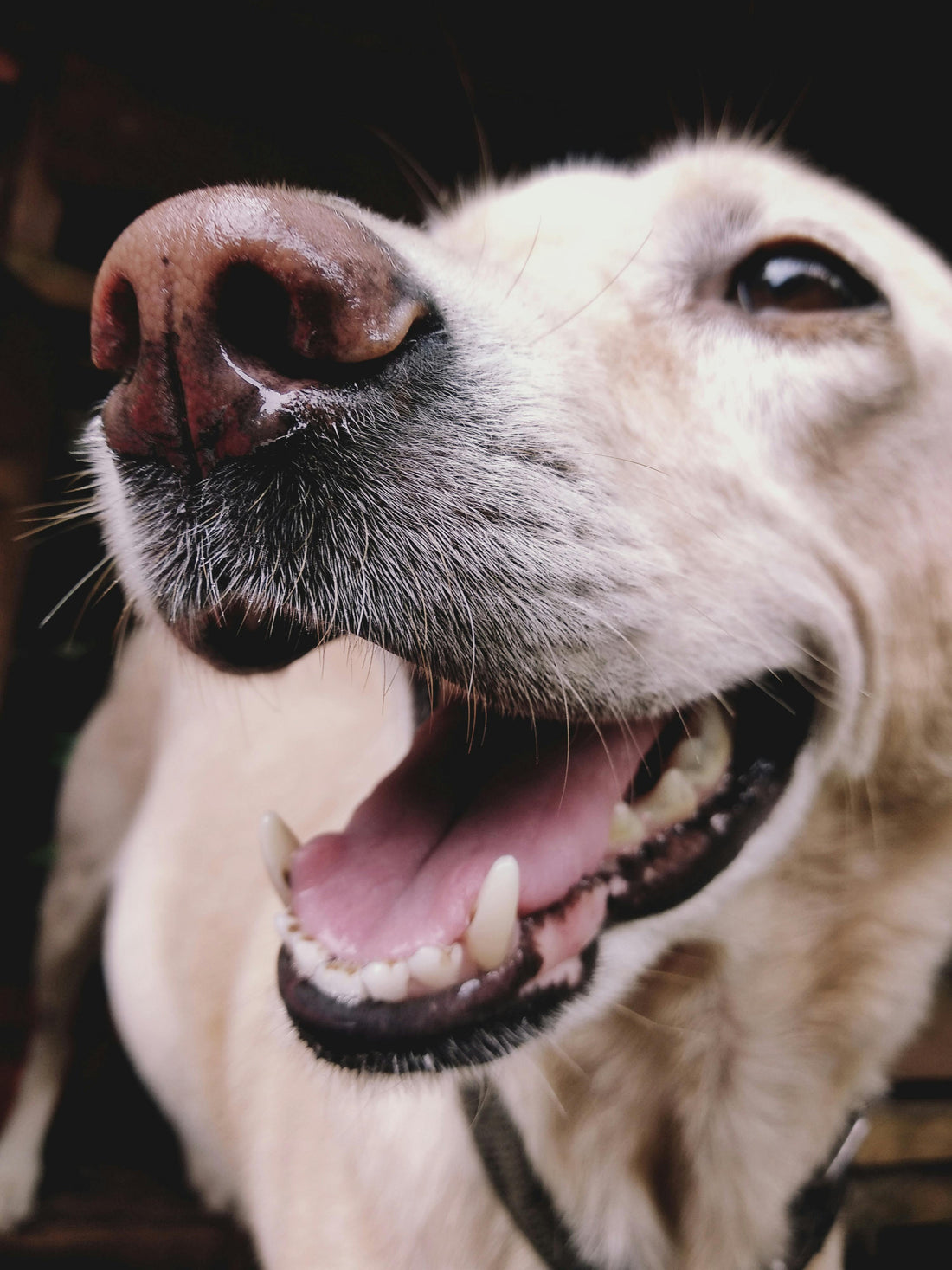
Periodontal diseases in dogs: A rising and concerning issue
Share
Know the problem first:
Periodontal disease is one of the most common health issues in veterinary medicine. It is a bacterial infection that causes inflammation and bone loss in the tissues and structures that support a dog's teeth. Even if your dog’s teeth look pearly white and clean, studies show that 80-90% of dogs over the age of 3 have some component of periodontal disease. It’s worse in smaller breeds, and the incidence increases with age. Periodontal disease is usually not recognized until it is at an advanced stage. Early diagnosis is often difficult because there are often no outward signs of a problem, and the main culprit cannot be seen during a routine visual inspection.
Mechanism of development of the disease:
Plaque is the enemy in the war against periodontal disease and tooth loss. Plaque, an invisible bacterial slime (or biofilm), is laid down by bacteria on the surface of the tooth, above and below the gum line. It causes inflammation of the gums (gingivitis), creates deep gaps between the tooth and gum (periodontal pockets), and damages periodontal tissues beneath the gums (periodontitis), all of which eventually results in tooth loss, with a lot of unnecessary pain and discomfort along the way.
How to detect ?
Early detection of periodontal diseases is difficult. However, the following symptoms are generally seen in a dog with periodontal disease.
- Pawing or rubbing at the mouth.
- Increased drooling.
- Decreased appetite & taking longer to finish meals.
- Odor from mouth & bleeding from gums.
- Reluctance to chew favorite chew toys.
- Change in eating habits (carrying food away from the bowl and dropping it on the floor before eating it).
If you detect any of these issues consistently, it is recommended to take your dog to a veterinarian for a dental check up.
Steps to Prevent & Manage Periodontal diseases:
Preventing periodontal disease is important for your dog’s overall health, as it has been linked to liver and heart disease. Besides, periodontal disease is painful, even if your dog doesn’t seem to show signs of pain.
-
Nutrition: Feeding a high starch diet causes a shift in the oral microbiome from Gram-Positive to Gram-Negative bacteria, since starch acts as a easy source of energy for growth of harmful bacteria. Feeding a low carb, species appropriate fresh food diet is the best option to prevent this from developing.
-
Professional Cleaning: This option can be sought if the dog has significant amount of plaque buildup in the mouth. The procedure is done under a general anesthesia
- Home dental care: Home dental care is just as important as the professional cleaning. Studies have shown an immediate improvement in the sub-gingival bacterial population after a professional dental cleaning, but it doesn’t last long. Within days, the bacteria are back at it, laying down plaque. The mainstay of a successful home dental program is daily tooth brushing with a veterinary paste. Human paste is not recommended, as it contains detergents and fluoride. We spit all that out. Your dog swallows it.
Debunking common myths:
-
“My groomer brushes my dog’s teeth”: But that’s still only every month or two, and doesn’t provide the benefits of daily brushing.
- “I scale my dog’s teeth”: While that might help with tartar, remember that it’s plaque, not tartar, that causes the big problems.
Concluding note:
Although periodontal disease is a common occurence, but with a proper diet and dental cleaning strategies, this can be prevented very successfully. Once an advanced stage is reached, the quality of life is significantly affected. So, preventive measures should be taken with importance.

